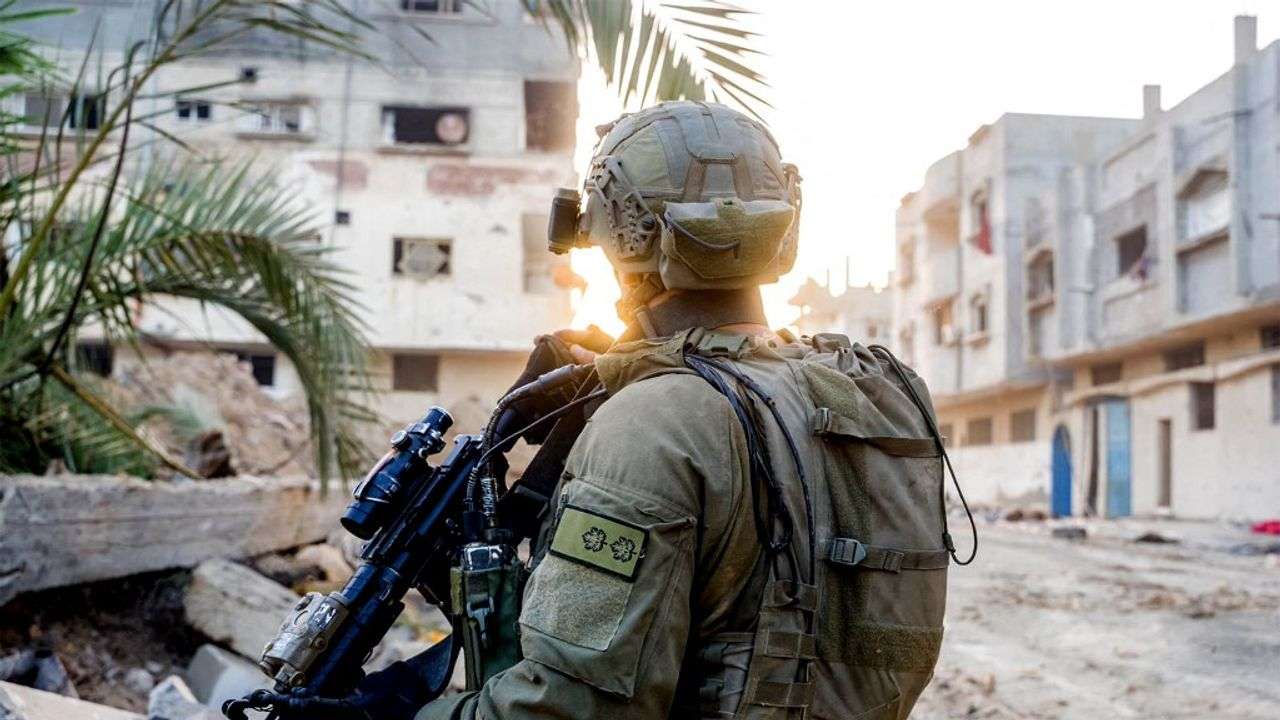Yahya Sinouar, the Hamas leader responsible for the October 7 attacks, was killed by Israeli forces on October 17 in Rafah after a year-long hunt. Despite extensive searches and bombardments, he was found hiding in a previously inspected building. Sinouar was injured during an exchange and ultimately shot in the head. His death was confirmed by Hamas, which described him as a martyr, while indicating that the group would persist in its actions against Israel.
It took just over a year for the Israeli Defense Forces to locate Yahya Sinouar, the Hamas leader identified as a key figure behind the October 7 attacks. Sinouar was killed on October 17 during a military operation in Rafah, where he was found hiding in a dilapidated building. This account details the extensive search that culminated in the neutralization of one of Israel’s most wanted individuals.
Location of the Discovery
With support from U.S. intelligence, Israeli security agencies spent more than a year tracking down the orchestrator of the October 7 attacks. After extensive airstrikes in the Gaza area and operations targeting Hezbollah, it was a sudden encounter that finally led troops to Sinouar’s location.
On a patrol in the Tel al-Sultan neighborhood of Rafah, an Israeli unit came across three Hamas fighters who were reportedly ‘moving from house to house.’ As noted by Tsahal spokesperson Rear Admiral Daniel Hagari, the unit engaged in a firefight using gunfire and grenades, while also deploying drones for reconnaissance. One soldier ‘entered a building alone while our forces monitored the area with a drone.’
The building was subsequently struck by tank fire. The following day, as the rubble cleared, the soldiers examined the ruins and recognized Sinouar, according to sources from the New York Times.
American media described the location as ‘improbable,’ as intelligence agencies had suspected that the Hamas leader was concealed in a more secure location, potentially underground and shielded by hostages. Yet, the Israeli army spokesperson admitted that they had revisited sites previously scrutinized, unaware that Sinouar was hiding there.
Details of His Death
According to IDF reports, Yahya Sinouar was critically injured in one hand during the exchange of gunfire. A drone video captured just before his death shows him sitting in a battered living room on the building’s second floor, nursing a severe hand injury while wearing a keffiyeh.
An interview with the forensic expert who conducted his autopsy revealed that Sinouar was initially struck in the right forearm by shrapnel, likely from a drone or tank round, prompting him to fashion a tourniquet from electrical wire in a futile attempt to stop the bleeding. Ultimately, he sustained a fatal headshot.
While there are many unanswered questions about the exact circumstances of his death—such as when the fatal shot was fired, what weapon was used, and who pulled the trigger—the army reported that Sinouar was carrying a pistol and 40,000 shekels (approximately €10,000) when he was killed.
The Israeli army carried out forensic examinations, including DNA tests and dental checks, to conclusively identify Sinouar. His remains were taken to the National Center for Forensic Medicine in Tel Aviv. A government source noted that he appeared to be in good health despite a year-long manhunt.
In response to his death, Hamas acknowledged the loss, referring to Sinouar as a ‘martyr.’ Khalil al-Hayya, a Hamas official, stated, ‘He died fighting and confronting the occupation army until his last moments.’ However, he offered little indication that the organization would consider disarmament, asserting, ‘We continue the path of Hamas.’
